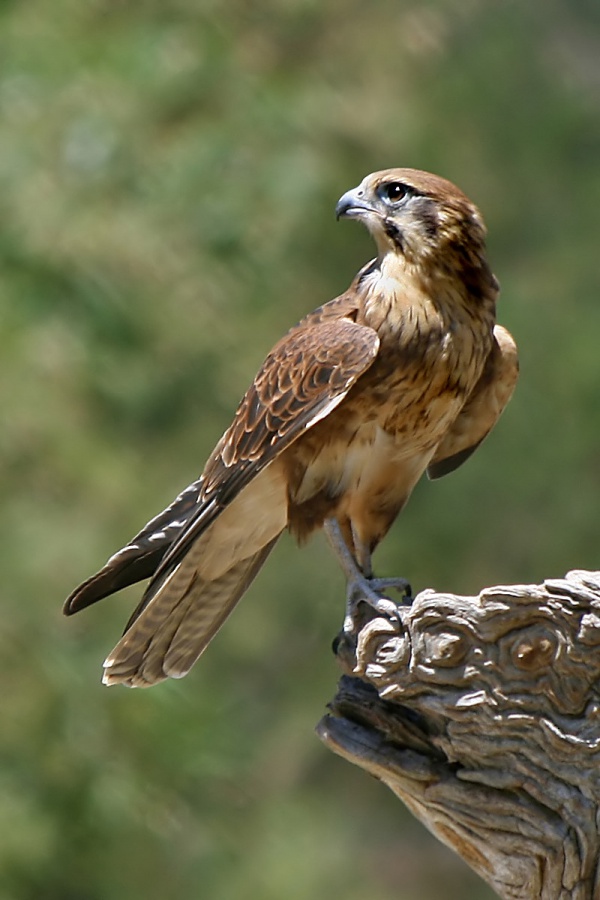Facts About Falcon
Falcons are remarkable birds of prey belonging to the genus *Falco*. With around 40 species distributed across every continent except Antarctica, these birds are celebrated for their speed and agility. Their slender wings enable them to fly at high speeds and execute sharp turns with ease. Notably, the peregrine falcon holds the title of the fastest animal on Earth, capable of diving at speeds of up to 200 mph.
Unlike many other birds of prey that predominantly rely on their talons, falcons typically use their beaks to hunt. The largest among them is the gyrfalcon, which can grow up to 65 cm in length, while the smallest is the pygmy falcon, measuring just 20 cm. Interestingly, female falcons are usually larger than their male counterparts, a phenomenon known as sexual dimorphism.
Various types of falcons, such as hobbies and kestrels, have distinct names based on their characteristics and hunting styles. These birds also possess extraordinary vision, with some species seeing far better than humans.
The name *Falco* is derived from Latin, referring to the bird's claws. Falconry, the art of hunting with trained falcons, boasts a long and rich history.
Regarding their evolution, falcons have a complex background. Fossil records suggest they appeared relatively recently during the Late Miocene epoch. Surprisingly, falcons are not closely related to other birds of prey; instead, they share ancestry with parrots and songbirds. Taxonomically, falcons are categorized based on traits such as plumage color and hunting habits.
The diverse species of falcons include everything from kestrels and hobbies to peregrine falcons and gyrfalcons. Fossil records of ancient and extinct falcon species have provided scientists with valuable insights into their evolutionary history.

 Costa Rica
Costa Rica